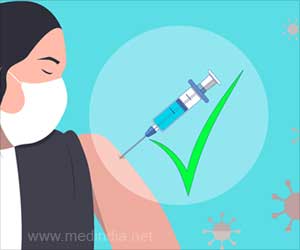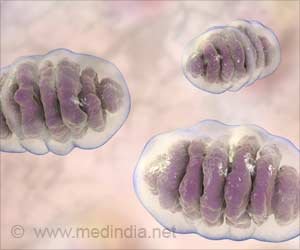“This study showed us that, in terms of the number of follow-up visits, a substantial amount of health care utilization occurs in the 6 months following the acute stage of SARS-CoV-2 infection, which highlights the potential for COVID-19 to exert an ongoing demand on health care organizations,” said Sara Y. Tartof, PhD, a lead author who is an epidemiologist with the Kaiser Permanente Southern California Department of Research & Evaluation and a faculty member of the Kaiser Permanente Bernard J. Tyson School of Medicine, both in Pasadena. “A 4% increase in encounters applied across a large population is a large number of visits associated with substantial cost. The absolute number is big. In this case, it was over 27,000 extra encounters among the 8 health care organizations included in this study.”
Tartof added: “On a broader scale, this study will help health care organizations develop their long-term strategic plans to meet patients’ needs following COVID-19 infection.”
This study included patients of all ages from 8 large integrated health care organizations across the United States who completed a COVID-19 diagnostic test between March 1 and November 1, 2020. Patients were matched on age, sex, race, ethnicity, site, and date of COVID-19 test, and were followed for 6 months. The final matched study group consisted of 127,859 patients who tested positive for COVID-19 and 127,859 patients who tested negative.
Advertisement
Overall coronavirus infection was associated with a 4% increase in health care use over 6 months, predominantly for virtual encounters, followed by emergency department visits.
COVID-19-associated health care encounters for 18 conditions remained elevated 6 months from the acute stage of illness, with the largest increase in COVID-19-related utilization including:
lingering COVID-19
alopecia, also known as hair loss
bronchitis
pulmonary embolism or deep vein thrombosis
difficulty breathing
In total, extra health care use associated with the effects of COVID-19 infection consisted of 212.9 additional encounters per 1,000 patients with COVID-19.
The study is one of the largest and most comprehensive studies of post-COVID utilization among children under age 17.
COVID-19-positive children experienced increased health care use over 6 months for pulmonary embolism or deep vein thrombosis; irregular heartbeat; difficulty breathing; and ear, nose, and throat disorders.
“With complete data from all care settings across large integrated health care organizations, this study represents one of the largest and most comprehensive studies of post-COVID conditions to date,” said Debbie Malden, DPhil, a lead author who is an epidemiologist with the Department of Research & Evaluation and an Epidemic Intelligence Service officer with the Centers for Disease Control and Prevention.
This study was conducted within the Vaccine Safety Datalink, a research collaboration led by the CDC that combines electronic health record databases to conduct large epidemiological studies. The 8 sites that contributed data were Kaiser Permanente Southern California (lead site), Denver Health, HealthPartners Institute, Kaiser Permanente Colorado, Kaiser Permanente Northern California, Kaiser Permanente Northwest, Kaiser Permanente Washington, and Marshfield Clinic Research Institute.
Source: Eurekalert



